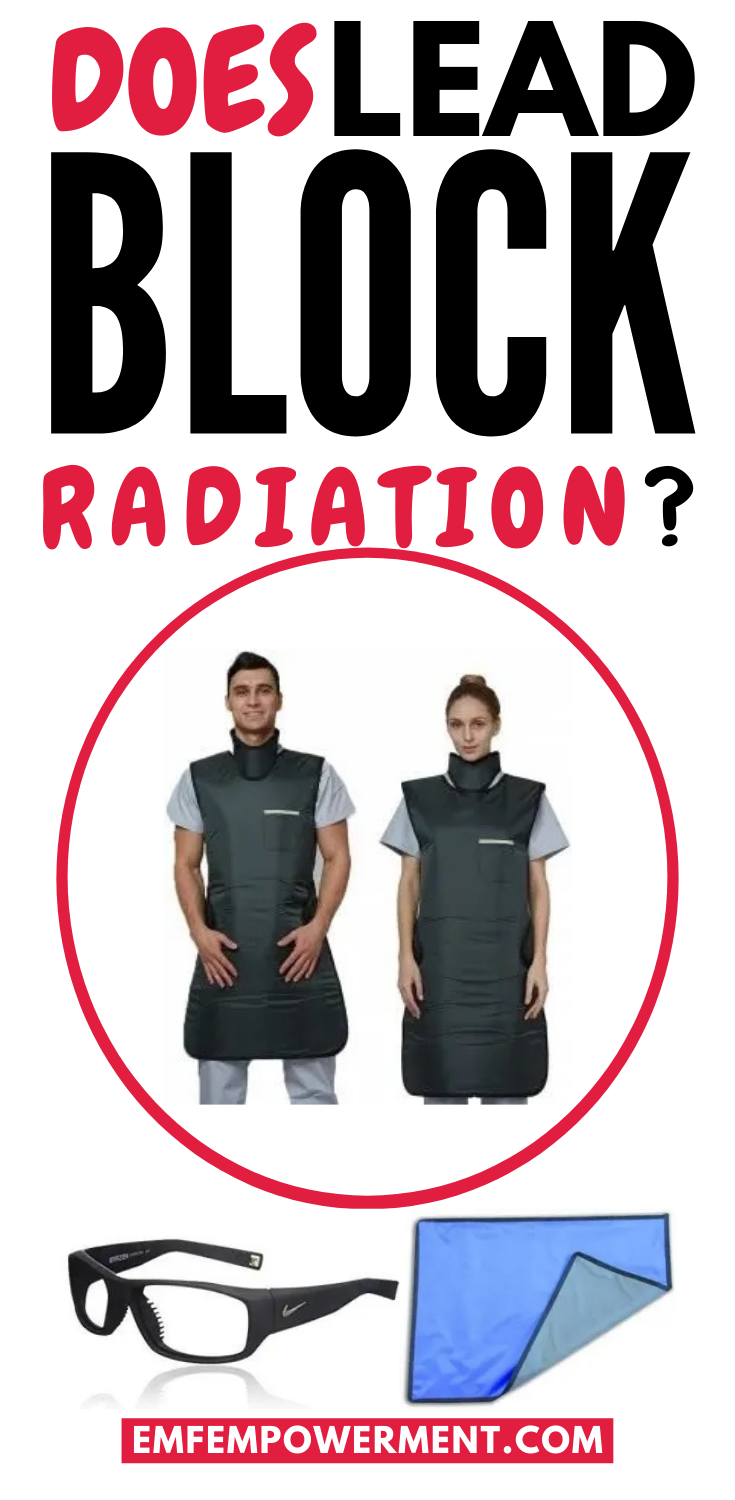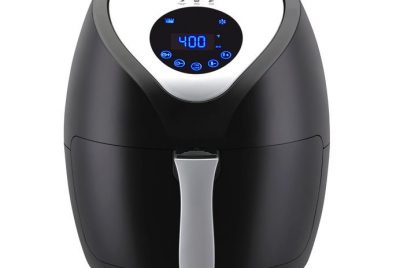On April 3, 1973, the first mobile phone was created. Since then, cell phone technology has…
Does Lead Block Radiation?
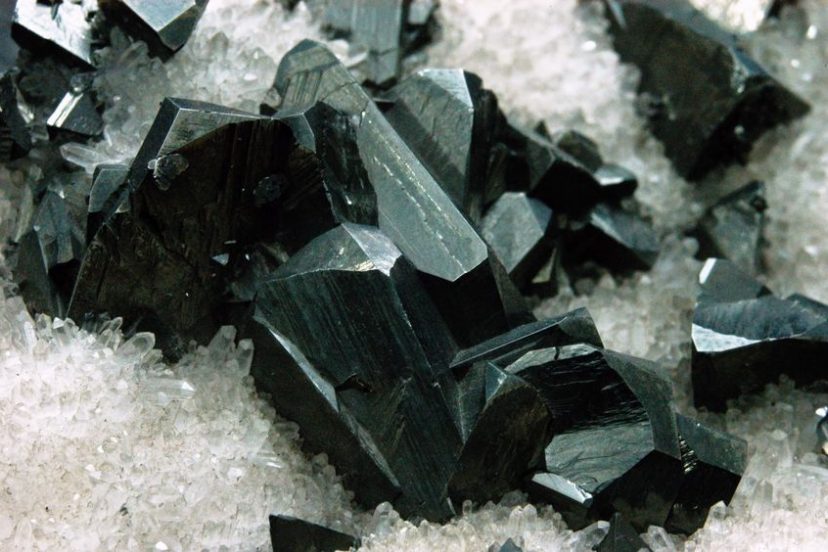
*We may earn a commission for purchases made using our links. Please see our disclosure to learn more.
Lead has a reputation as a radiation blocker. You may have noticed, for example, that when you receive dental x-rays the technician has you put on a lead vest. The lead is clearly providing some sort of protection from the radiation produced by the x-ray machine, and that may cause you to wonder: can lead protect against EMF radiation, as well?
In this guide, we will try to answer that question. To do that, we will look at the different types of radiation, and also go into some background about what lead really is. Then, we will dive into the connection between lead and radiation.
Radiation
When you think of radiation, think of waves on a spectrum. On one side of the spectrum, the waves have a lot of energy and are tightly bound together. One the other end, the waves are more gently rolling and spaced farther apart.
That spectrum is called the electromagnetic spectrum. On one end, you have ionizing radiation, which is full of a great deal of energy. On the other end with much less energy, you have non-ionizing radiation.
Ionizing radiation has so much energy that it can actually cause an atom to split at very high doses, through a process you may have heard of before called nuclear fission. At smaller exposure levels, the atom may not split entirely, but rather some of its electrons are bumped out of orbit. When this happens, the electrons become free radicals, searching for another atom to bind to. This is the mechanism through which ionizing radiation may cause health problems such as cancer.
The term “ionizing radiation” actually refers to a few different types of waves. x-rays, gamma rays, and ultraviolet rays are all forms of ionizing radiation. For the most part, our exposure to ionizing radiation is in small doses — we are exposed constantly to gamma rays, for example, because of cosmic background radiation. And x-rays, of course, are used in many medical procedures.
Because ionizing waves are so tightly wound together, they cannot pass through dense materials.
Non-ionizing radiation, meanwhile, does not have enough energy to split an atom, or even to bump an electron out of its orbit. Rather, non-ionizing radiation exposure causes the heating of thermal tissue. And there is even some evidence to indicate that long-term non-ionizing radiation exposure could lead to the development of gliomas, other cancers, neurological issues, fertility problems, and more.
Non-ionizing radiation is used for a variety of purposes, from telecommunications to the internet to electricity. Radiofrequency waves, extremely low-frequency waves, microwaves, and infrared waves are all forms of non-ionizing radiation.
Since non-ionizing waves are so low-energy, they are generally able to pass through dense materials that ionizing radiation cannot. Rather, conductive materials are generally used to block forms of non-ionizing EMF radiation.
For more information, see The Difference Between Ionizing and Non-ionizing Radiation.
A little about lead
Lead is a metal found on the periodic table of elements. At atomic number 82, lead is very dense for a metal. It is carbon-based, and it is soft and easily bendable. Historically, lead has been used in everything from writing utensils to paint.
The use of lead goes all the way back to between 7000 and 6500 BCE. It was used by Chinese royalty as currency, and its applications grew from there. Over the years, lead served a variety of purposes, from contraceptive to bullets. By the Industrial Revolution in the mid to late 1700s, lead was widely used in paint and production was at an all-time high.
That is — until people started to get sick. It happened often enough that researchers began to suspect the lead may have something to do with it. It was eventually determined that lead poisoning was a real condition, with symptoms ranging from hyperactivity to nausea to potentially even death. The risk of developing lead poisoning was highest when individuals either ingested the lead or were exposed to its fumes.
Since then, lead-based paint has been banned in many areas, including in the United States and across Europe. And while you may want to refrain from eating or inhaling lead products, this metal does have some valuable uses.
Consider, for example, what we said earlier: lead is a very dense metal. Also, remember back to our talk about ionizing radiation — it can be blocked by dense materials.
Does lead block radiation?
The answer to this question isn’t a definitive yes or no. As you’ve probably gathered by now, lead can block ionizing radiation, at least in thick enough quantities. It’s a dense metal, and the tightly wound waves from ionizing radiation simply can’t pass through. That is why it’s the material of choice for x-ray bibs and other protective items.
It does not have quite the protective power against non-ionizing radiation, unfortunately. Those large non-ionizing waves aren’t deterred by just any metal, even one as dense as lead. To guard against radio frequencies and other forms of non-ionizing radiation, you need something conductive, such as copper or galvanized steel.
The reality, however, is that the average person probably doesn’t need to shield against ionizing radiation exposure as they do other forms of EMF. Lining your walls with lead, for example, probably wouldn’t be a good idea. So while lead is certainly protective, that doesn’t necessarily mean you need to run out and buy a bunch of lead-based products.
Protective lead products
That all being said, if you are curious about what’s out there, we’ve compiled a list below. These aren’t necessarily items that you want to wear around the house, but if you want to know what types of protective gear are used in medical procedures, this will give you an idea.
Greenest Dental Lab Apron
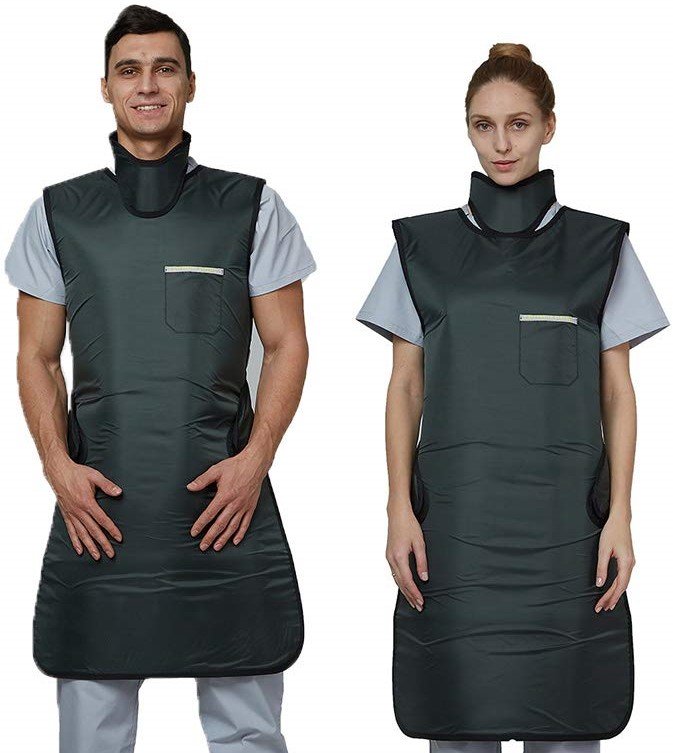
Dental aprons have been made of lead for a long time, but it used to be that they covered only the patient’s chest, abdomen, and lap. This does encompass many sensitive organs, but it leads one vulnerable and cancer-prone region out — the thyroid gland. Greenest’s Dental Lab Apron provides a solution to that problem by incorporating a built-in thyroid shield collar. It is lightweight and is made from .5mm lead as well as a fabric covering. Also worth noting is the fact that while these aprons are primarily used in dental offices, they may also come in handy if you are caring for a cat that has undergone an iodine procedure for hyperthyroidism.
Nike Brazen Radiation Glasses
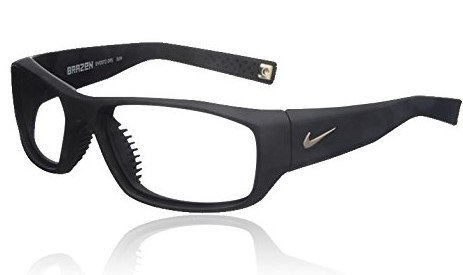
Sports apparel manufacturer Nike might not be an expected brand when it comes to radioprotective eyewear. Nonetheless, the brand’s foray into the niche is highly reviewed and worth consideration. The Brazen Radiation Glasses are made from .75mm lead and feature a cotton retention strap and ventilated nose bridge for added comfort. These glasses are designed to block 99.9% of the radiation that is produced during fluoroscopic procedures, helping keep the wearer’s eyes safe. These glasses are primarily used by medical professionals working in labs and performing fluoroscopic procedures regularly.
Blue Lead Half Blanket
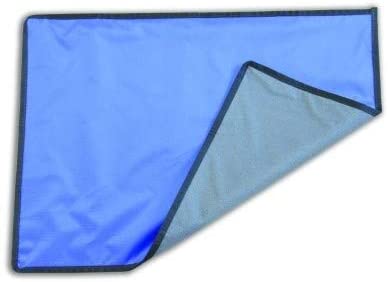
The lead half blanket by Blue measures 18-inches by 25-inches. It contains .5mm lead and weighs in at right around six pounds, making it a little on the heavy side but not overly so. This latex-free blanket has a microfiber backing and is designed to provide protection to either medical equipment or a patient. The manufacturer recommends storing the blanket on the same brand’s heavy-duty chrome hanger with the hook and loop closures fully secured. Blue also notes that this blanket should be kept out of direct sunlight and away from hot surfaces, as well.
HealthGoodsIn Lead Half Apron
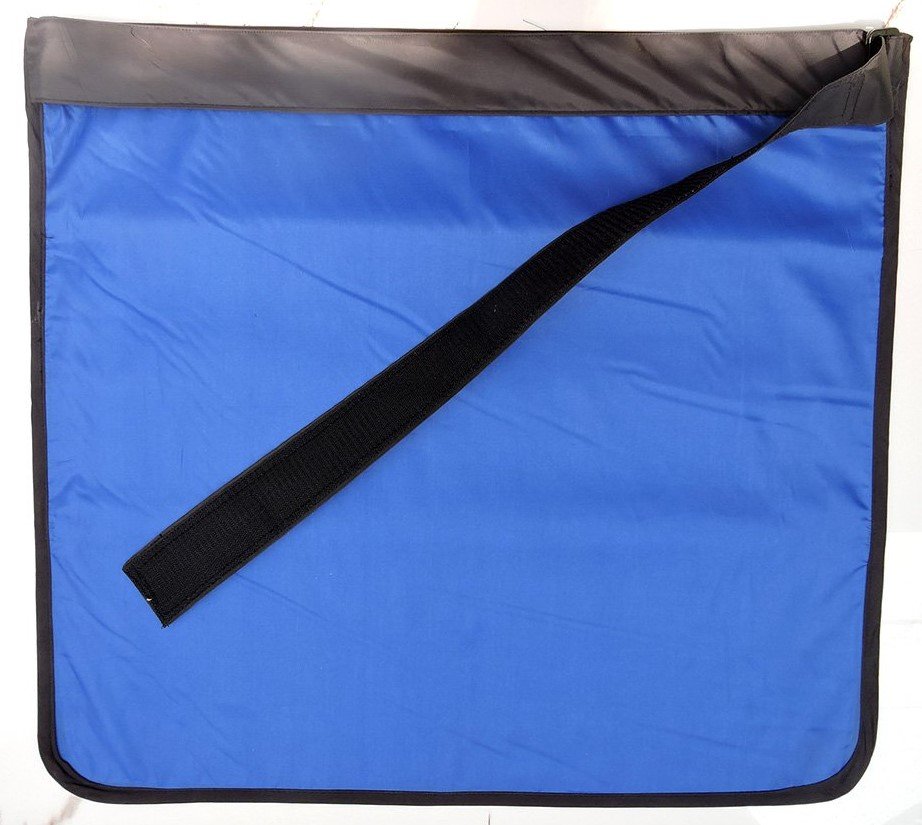
Made primarily for x-ray technicians and others who are exposed to x-rays for extended periods of time, HeathGoodsIn half apron consists of .5mm lead. The adjustable closure makes it easy to get a perfect fit, providing you with the best protection possible. The apron itself is made of a soft nylon outer, and it’s 24.45-inches long by 22.45-inches wide. The exterior is also stain-resistant and easily washable. Like the full-length option above, an unintended use for this apron is for caring for a cat after iodine treatments. If you’ve got a lap cat, this allows them to sit on you without exposing you to ionizing radiation.
Colortrieve Hand Protection Gloves
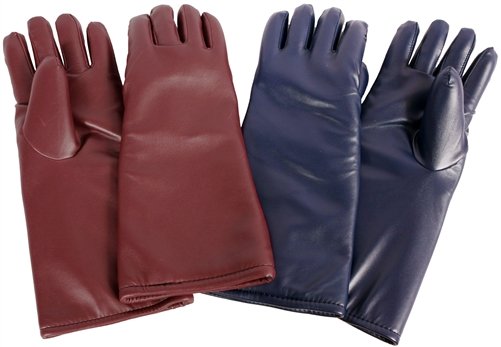
Like the other items on our list, these gloves are intended to be used primarily by medical professionals who come in frequent contact with x-ray radiation. Made from .5mm lead, these gloves have a vinyl covering and foam liner for added comfort. They also come in two different colors and are also available in right-only and left-only versions. The gloves themselves measure 15-inches and they are dip-molded, with each pair custom-made after your order.
Final thoughts
At the appropriate thickness, lead can be an effective blocker for ionizing radiation. And while that may not be too relevant in your day to day life, it’s something to be grateful for the next time you undergo an x-ray. That being said, if you want something that can guard against non-ionizing radiation, you are better off looking elsewhere. Head over to What Materials Block Radiation? for ideas on where to start.
